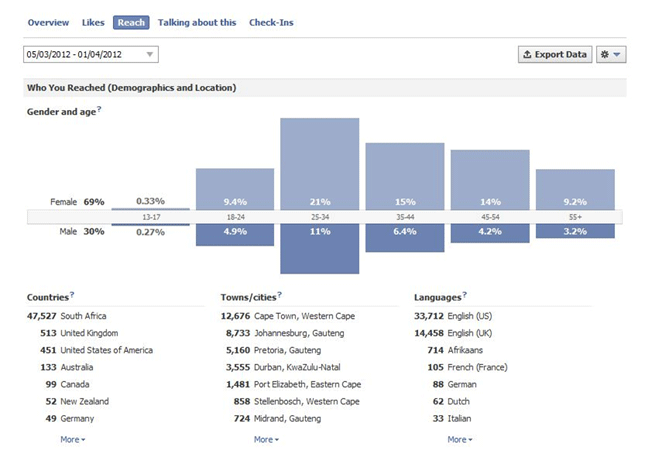Part
01
of one
Part
01
Data Collection and the Death of the Cookie
Leveraging email marketing data and social media monitoring are modern customer data collection approaches. To protect its users' identity, Google is committed to introducing several fingerprint protections that monitor and control the number of requests for a user's information.
Modern Data Collection Practices
- Leveraging email marketing data. According to Forbes, email marketing is one of the modern customers' data collection practices. Email marketing, a strong B2C strategy, can be attributed to Apple Inc.'s success story of selling millions of iPhones, Ipads, and other consumer goods. The company either sends the product, software-related, or event mails using a specific structure. You can find some of Apple Inc.'s latest email campaigns here.
- Social media monitoring. Social media monitoring is an innovative data collection approach that uses artificial intelligence to automate marketing tasks and improve accuracy. Apple Inc. uses social media to understand the current and target customers. For example, Apple can use Facebook's analytic to analyze the data collected from Facebook and other social pages, for example, age, location, and other demographic information, to achieve a worldwide global reach. Below is an example of a Facebook's analytic page.
An Overview of "the Death of the Cookie"
Google announced its intention to phase out third-party cookies by 2022 to enhance the users' security and privacy. This move could strengthen Google's advertising dominance but is a big blow to most digital marketing companies who will have limited access to tracking data that target users. Some reasons Google plans to phase out the third party cookies include:
- Competitors' increased market share. Apple Inc., Mozilla Corporation, and Microsoft use the Intelligent Tracking Prevention (ITP), Enhanced Tracking Protection (ETP), and Microsoft Internet 10, respectively, to block cookies' tracking. These companies have achieved increased market share for offering better privacy.
- New privacy legislation. Recent privacy laws like the General Data Protection Regulation (GDPR) and California Consumer Privacy Act (CCPA) govern how cookies are recorded, stored, or used and require websites to acquire a user's consent to cookies.
- Increased use of non-cookie-friendly devices. An increased number of users opt for non-cookie-friendly devices like kindles and smartphones for browsing.
Impact of "The Death of the Cookie" on Digital Marketing
- End of mass targeted advertising. Digital marketers will be required to optimize their marketing channels. They will embark on diverse marketing channels like emails and content marketing. Through emails, digital marketers can send more personalized information based on their behavior on the website.
- A focus on a multi-channel marketing strategy. For example, digital marketers will be required to create a multi-channel marketing strategy that entails email marketing, SMS marketing, content marketing, and people-based marketing, among others, to increase the possibilities of engaging customers.
Examples of brands that are already successfully replacing the use of cookies in their digital marketing efforts
- Washington Post. The company has shifted focus to targeted advertising to replace the use of cookies.
Brands that are using customer data in new ways to connect better with customers and have become truly customer-centric
- According to Forbes, Away Luggage, an American online retail company founded by Jen Rubio and Stephanie Korey, is 100 of the most customer-centric companies. The company is customer-driven and uses the data, especially from its Instagram page, to personalize and improve its services. Using Instagram is innovative as it is one of the social media monitoring tools.
- Glossier is another customer-centric company. The company uses target advertising and uses the data to create more relevant and targeted products. Fullsurge, a marketing consultant, identifies target advertising as a modern approach to identify a target market. Being a big fan of the online community, the company uses social insights such as comments and direct questions to ensure that the customers feel listened to and important.
